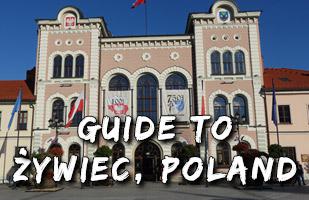Rome's history is a central part of Western culture and history and has had a massive influence on the world during its 2,800 year history.
Nowadays Rome is one of the most visited tourist destinations in the world.
Rome is also unique in that it is a city that has a state (the Vatican City) inside of it.
Although the whole city is huge, the city center of Rome is quite small. Most people consider the city center to be the area within the walls.
The 'Old Rome' part of the city is where you can find the classic Renaissance-era buildings, with many beautiful cathedrals, squares, the Pantheon, Campo de' Fiori, the former Jewish Ghetto, Piazza Navona, and many restaurants.
The more modern center of Rome (east of the Old Rome area) is where you can find the big brand name shops, hotels and many restaurants. You can also find the Trevi fountain, Quirinal palace, Piazza Barberini, Castro Pretorio neighbourhood, and the semi circular Piazza della Repubblica.
The Vatican area (north west of the Old Rome area) is home to Vatican City (of course!), Vatican museums, St Peter's Square, St. Peter's Basilica and the Vatican gardens.
In the Colosseo district, south east of the 'Old Rome' area, (which was the heart of Ancient Rome) you can find the Imperial Fora (Fori Imperiali in Italian), the famous Colosseum, the Imperial Fora, Trajan's Market, and Capitoline Hill.
In the Center-north area you can find the Spanish Steps (Italian: Scalinata di Trinità dei Monti), Piazza di Spagna and the Villa Borghese.
In the Trastevere area (west of the Old rome area, over the river) you can find lots of cobbled streets and squares. It is known as an artists area of Rome.
In the Aventino-Testaccio area of Rome (south of the Old Rome area) it has many affordable restaurants, and not many tourists. You can easily have fun exploring the streets and small squares here.
In the Esquilino-San Giovanni area (west of the Colosseo area, east of the Old Rome area) you can find a big market, Piazza Vittorio Emanuele II, and the Archbasilica of St. John Lateran.
Behind the train station you can find Nomentano, which is well-known for its great nightlife.
You can easily visit Rome all year round, but with a bit of careful planning you can have a more enjoyable stay.
The best times are between late March and May, or between September and the middle of November. This means you can avoid the really hot weather in the summer, the really cold weather in the winter, and perhaps most importantly you can avoid the August crowds.
Air conditioning isn't as popular as in other countries, which means in August it can be unbearable. This, combined with the super high tourist numbers in August means that you will probably have a better time in Rome if you avoid the hottest parts of July and all of August.
On August 15, which is known as Ferr-Agosto, lots of Italians leave Rome and go to the beaches. The last couple of weeks of August lack many Italians (the city is full of just tourists)





